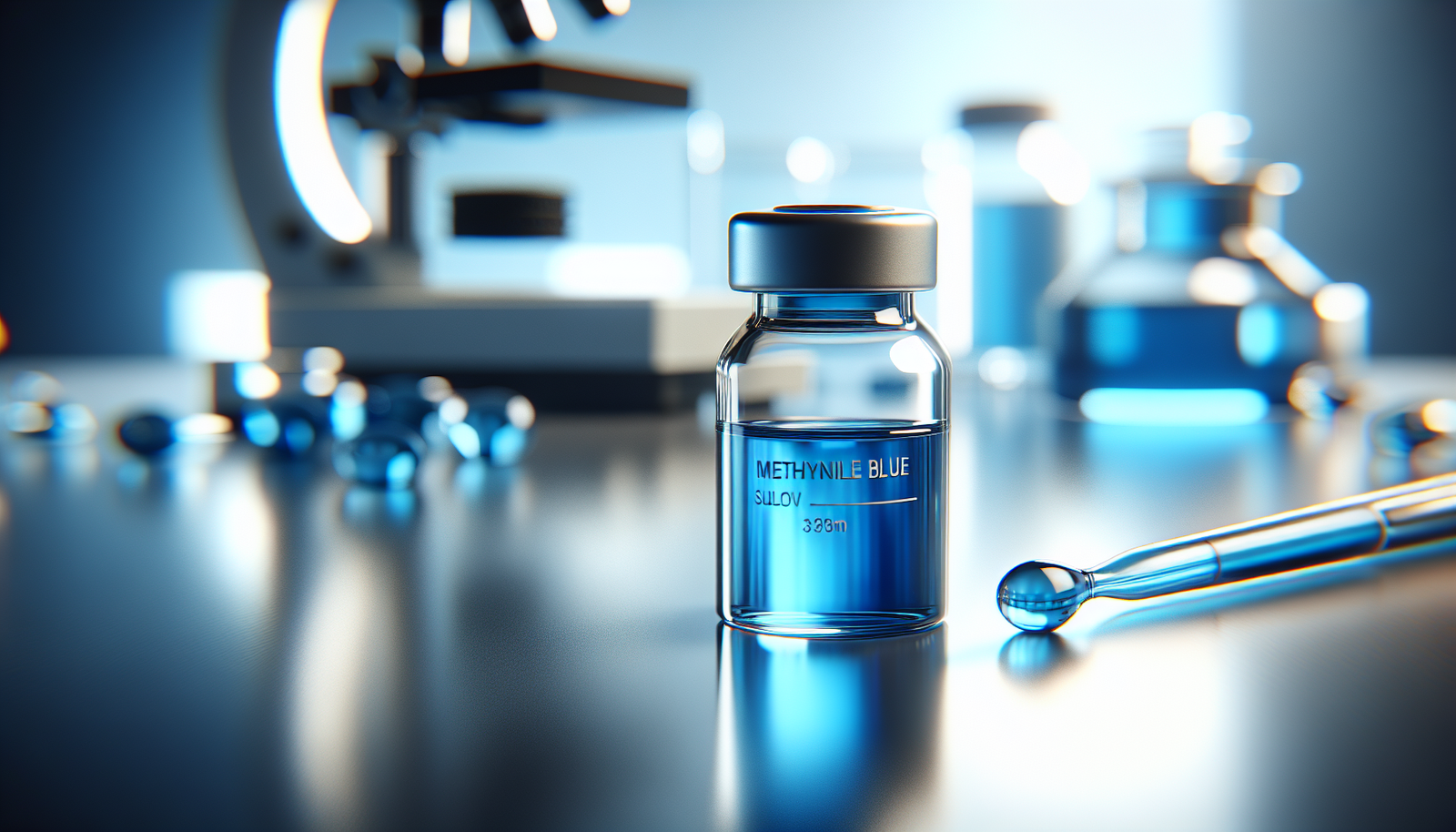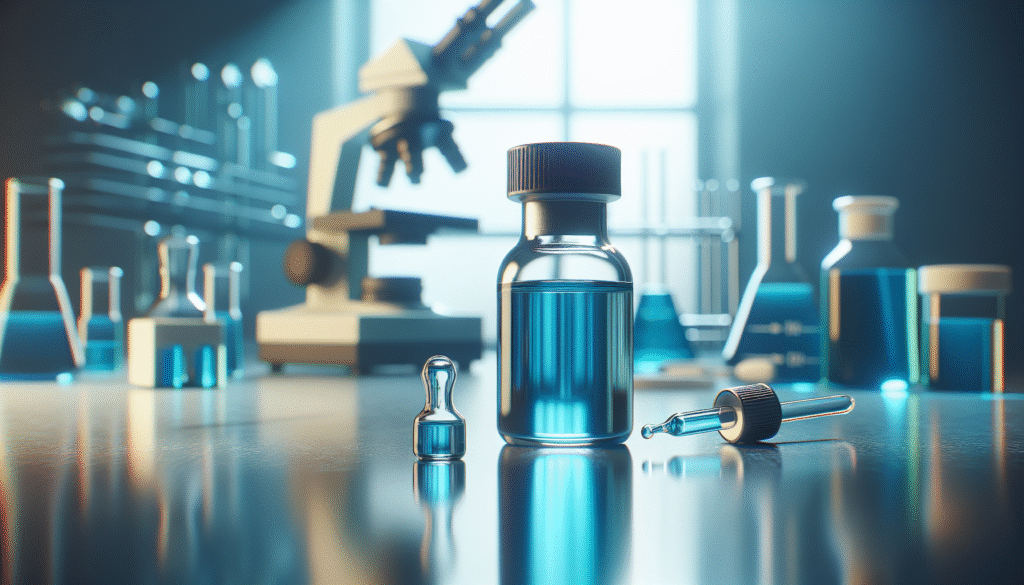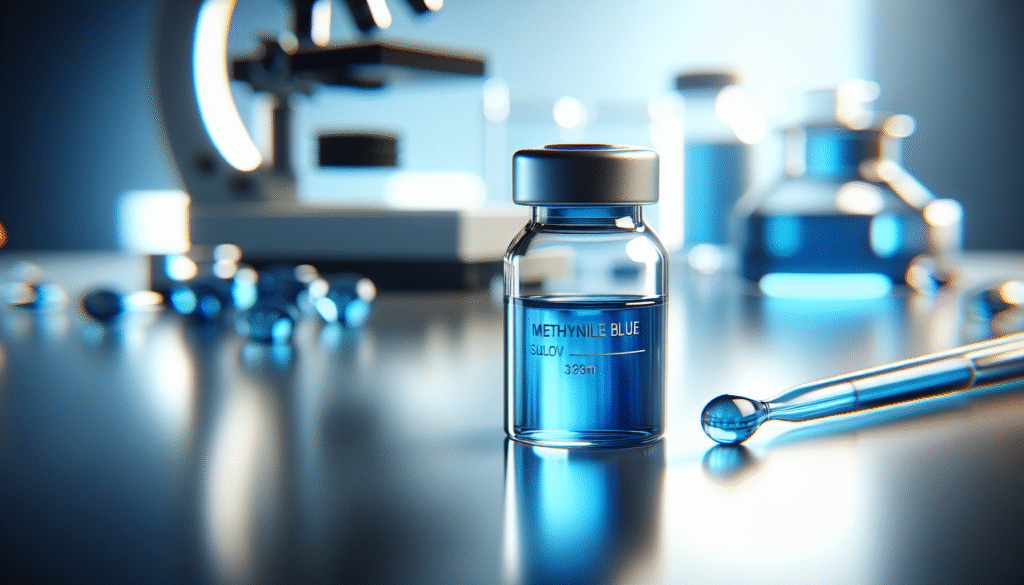
What impact does Methylene Blue have on the field of pathology?
Introduction
Methylene Blue (MB) is a synthetic dye with a long-standing history in medicine and pathology. While you may know it primarily as a staining agent, its versatility transcends beyond that role, highlighting its significance in diagnosing and treating various medical conditions. You are likely to encounter Methylene Blue in several pathological applications, and understanding its usage can provide crucial insights into its mechanisms and implications for healthcare.
History of Methylene Blue
Methylene Blue was first synthesized in 1876 by Heinrich Caro and has since played numerous roles in medical science. Initially developed as a textile dye, it rapidly found its way into the realms of biology and medicine due to its ability to stain microscopic tissues effectively. Over the years, it has remained a critical element in various diagnostic procedures and therapeutic practices.
Early Adoption in Medicine
The early adoption of Methylene Blue in medicine can be traced to its initial use as a treatment for malaria and its antibacterial properties. As research expanded, it became apparent that this dye could also serve as an indicator in various biological processes, leading to its application in histology, microbiology, and pathology.

Mechanism of Action
Understanding the mechanism of action of Methylene Blue is crucial to appreciating its implications in pathology. You will find that MB can interact with several biochemical pathways, making it a useful tool for both diagnosis and treatment.
Oxidation-Reduction Reactions
Methylene Blue functions through a series of oxidation-reduction reactions. Its ability to accept and donate electrons allows it to react with various cellular components. In this capacity, it can help visualize structures in tissue sections and highlight certain pathological conditions, such as infections or tumors.
Antimicrobial Properties
One of the significant advantages of Methylene Blue lies in its antimicrobial properties. It has been shown to inhibit the growth of various bacteria and fungi, making it a valuable asset in managing infections. You may find its application particularly useful in treating cases of methylene-blue-sensitive infections, especially where traditional antibiotics may fall short.
Uses of Methylene Blue in Pathology
Methylene Blue finds diverse applications in the field of pathology. Its diagnostic and therapeutic capabilities have made it an invaluable resource in various clinical settings.
Histopathological Staining
One of the most familiar uses of Methylene Blue is in histopathological staining. Pathologists often rely on it to differentiate specific cellular components. You will find that it is ideal for staining nuclei, cytoplasm, and connective tissues, thus aiding in the identification of abnormal cell structures and tissue architecture.
Table 1: Common Staining Applications of Methylene Blue
| Application | Description |
|---|---|
| Nuclei Staining | Highlights cell nuclei in tissue sections. |
| Bacterial Identification | Useful in identifying and characterizing bacterial infections. |
| Cytoplasmic Staining | Distinguishes between different cell types or structures. |
| Connective Tissue Analysis | Reveals the architecture of connective tissues. |
Microbial Identification
In microbiology, Methylene Blue plays a crucial role in the identification of microbial pathogens. Its application helps clarify certain bacteria that other dyes might not make visible. You may utilize MB in various microbiological tests, such as the Methylene Blue Reduction Test, which effectively distinguishes between aerobic and anaerobic growth patterns.
Clinical Applications in Hematology
Besides its diagnostic applications in histology and microbiology, Methylene Blue is vital in hematology, particularly in identifying certain blood disorders. Its staining properties can be applied to blood smears, facilitating the examination of cell morphology. You may encounter its use in identifying conditions like methemoglobinemia, where there’s a reduced ability to carry oxygen due to chemical alterations in hemoglobin.
Table 2: Methylene Blue in Hematological Analysis
| Condition | Application |
|---|---|
| Methemoglobinemia | Used to treat and identify altered hemoglobin forms. |
| Peripheral Blood Smears | Evaluates cell morphology for diseases like anemia. |
| Sickle Cell Disease | Helps in determining sickle-shaped red blood cells. |
Therapeutic Modalities
Methylene Blue is not limited to diagnostic purposes; it has therapeutic applications as well. Its characteristics can aid in treating various conditions, particularly in cases of poisoning or specific medical conditions.
Detoxification in Poisonings
Methylene Blue has been successfully employed in the acute management of certain poisoning cases, especially those involving agents that induce methemoglobinemia. You will observe that MB acts quickly to restore normal hemoglobin function, offering a rapid and effective solution in emergencies.
Treatment of Urinary Tract Infections
Research has emerged supporting the use of Methylene Blue in treating urinary tract infections (UTIs). You may explore its administration as an adjunct therapy given its properties that inhibit bacterial growth. The effectiveness of MB in this capacity continues to be an area of ongoing research, revealing a potential alternative to traditional antibiotics.

Challenges and Limitations
While Methylene Blue offers numerous advantages, it is essential to remain aware of its potential challenges and limitations, particularly in clinical settings.
Toxicity and Side Effects
Although generally considered safe, Methylene Blue can pose certain risks. Depending on the dosage and administration route, you may encounter adverse effects, including hypertension, tachycardia, and allergic reactions. Monitoring patients closely during treatment is crucial for minimizing these risks.
Drug Interactions
Methylene Blue interacts with several medications, particularly those involving serotonin pathways. You must be cautious when administering MB to patients on monoamine oxidase inhibitors (MAOIs) or selective serotonin reuptake inhibitors (SSRIs) to avoid serotonin syndrome, a potentially life-threatening condition.
Research and Future Directions
Ongoing research continues to expand the horizons of Methylene Blue applications. Scientists are investigating its potential in treating various conditions, including neurodegenerative diseases, cancer, and even certain psychiatric disorders.
Neuroscience Benefits
Emerging studies suggest that Methylene Blue may offer neuroprotective effects, particularly regarding dementia and other cognitive decline-related conditions. You might want to keep an eye on future research investigations as this innovative approach shows promise in enhancing mitochondrial function and cellular metabolism.
Cancer Therapeutics
In the context of oncology, the potential of Methylene Blue as an adjunct treatment in cancer therapy is garnering attention. Research exploring its capacity to enhance photodynamic therapy (PDT) opens some intriguing avenues, making it worth your consideration in the future of cancer treatment.
Conclusion
Methylene Blue’s multifaceted role in pathology underlines its enduring significance in medical science. From histopathological staining to therapeutic applications, its utility is expansive. As you continue to engage with medical advancements, recognizing the potential and limitations of Methylene Blue will empower you to leverage its benefits effectively. Ongoing research promises exciting developments that may further amplify its role in contemporary medicine and pathology, thus enriching the healthcare field for practitioners and patients alike.